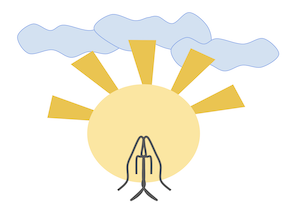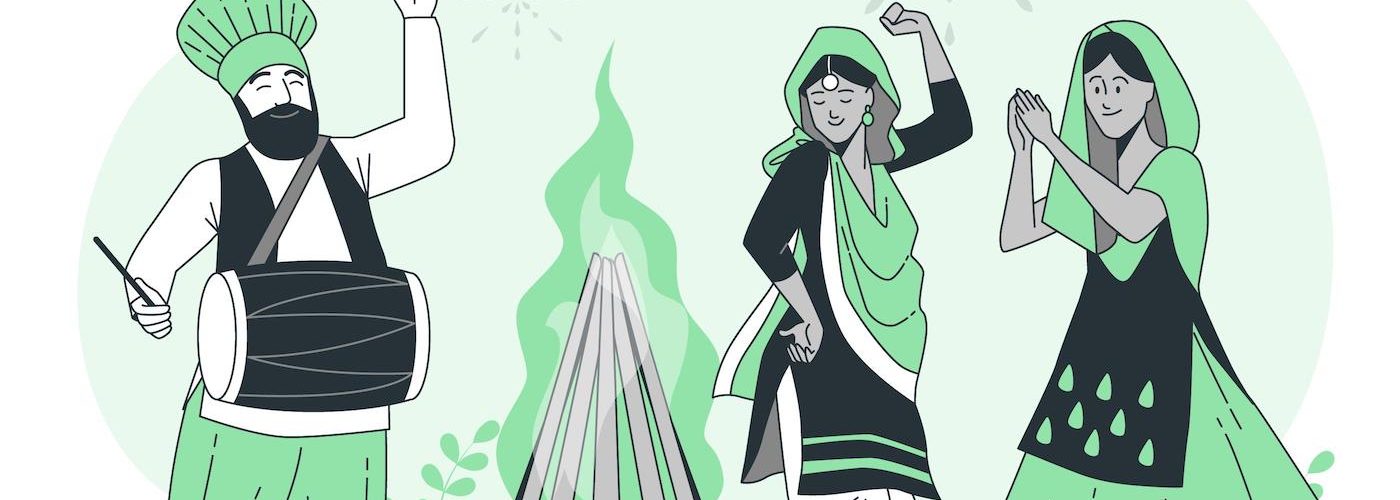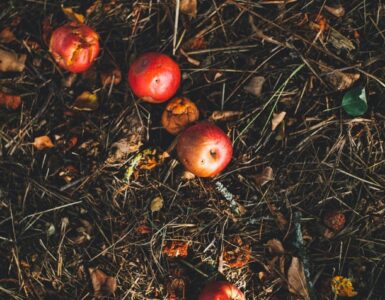Diwali and Holi hog the limelight in terms of Indian festivals, probably because of the glitz, colors, and light.
The reality is that the cultural diversity of the country really comes to the fore in the middle of January when festivities are at their peak around the country.
Makar Sankranti, Lohri, Pongal are celebrated in this period (January 13 to 17th). Each of these festivals has its own cultural significance, history, and most importantly connection with mother nature.
The festivals mark the end of the peak winter cold, the arrival of new crops, and herald the prosperity in the land. As the sun begins its northward journey, the festivities fill the air across the country. Different states in India celebrate these festivals in their own style & customs, but one thing is common – the respect for nature and the act of spreading love.
The rituals of Makar Sankranti, Lohri, Pongal along with other festivals in this period are about paying reverence to those aspects of nature on which human life & livelihood depends.
Each Indian state celebrates the festival in its own styles and customs.
Lohri (~13th January)

Lohri is celebrated primarily in northern parts of the country. This is the festival to announce the arrival of the harvest season. People come together to thank the Sun God and give offerings to the fire.
The celebration includes singing songs that are dedicated to nature and dancing around the bonfire with friends and family.
The fire is fed with traditional sweets, sugarcane, jaggery, and other eatables as the ceremonial offering.
Makar Sankranti (~14th January)
Makar Sakranti is celebrated across India with different names. This festival marks the end of the winter and the start of longer days.

People welcome the spring and go to rivers & lakes to take a holy dip. The occasion is an important day to pay reverence to Surya (Sun God) to thank for their prosperity.
Makar Sakranti is not only special for its religious aspects, but what makes it even more relevant is that it is associated with harvest season.
Many people make beautiful & colorful drawings (rangoli) at the entrance of the house to welcome the season.
Going to fairs, visiting friends and families, giving gifts to loved ones, donating to the unfortunate, and enjoying delightful food is an important part of festivities.
The day is also considered a good day to start new work and make new beginnings.
In the Himalayan state of, Uttrakhand the day is also to show love towards birds as they return from their long & arduous migration by feeding them food & sweets.
People also give money and donate items to underprivileged people like clothes, food, vegetables, etc.
Pongal (~14th January to 17th January)
Pongal is celebrated in the southern parts of the country and it is a 3 to 4 days affair.

The first day of the festival is bhogi, which is traditionally associated with burning old possessions like clothes. In a way, it signifies detachment from materialistic things and embracing new ideas.
In this season, you should get rid of all the unnecessary things in your life and begin life afresh. You should make this cleanup an annual event. Even if some cleaning up is done on a daily basis, a few things pile up here and there without you being conscious about it. This piling up is not only of material things in our homes. Also in our minds, in our emotions, in our bodies, and in our consciousness, things pile up. This is the time to clean that up and start afresh in the coming spring, as spring is the best time to start life.” –
, Founder of Isha Foundation
On the second day of the festival, rice pudding is made with freshly harvested new rice. Moreover, the pudding is prepared in open clay pots which are put to boil and allowed to overflow, symbolic of prosperity and abundance. The dish is also mixed with fresh jaggery and then offered to Sun God, after which the community sits together to have a sumptuous feast.
On the third day, the cow & bull is worshipped. The cattle family is not only a source of milk & dairy products but traditionally was used in farming & agriculture. Even the cow dung was used as effective manure for the crop. The festivities include decorating the animal and taking out processions.
The fourth day marks the end of festivities and communities organize social gatherings to strengthen human bonds.
Wrapping Up
Like the vividity of mother nature, the festivals around this time of the year elicit vibrancy and effervescence of the Indian customs & traditions.
Makar Sankranti, Lohri, Pongal, Magh Bihu, Khichdi, Uttarayan, Poush Sangkranti, Suggi – you can call it with any name, but it would smell as sweet.
 Speaking of sweets, even the savories which are prepared as part of the festivities corresponds to what is available during the season. Sugar and Sugarcane become an integral ingredient – sesame and jaggery laddoos; peanut jaggery chikki; sesame gajak; rice, milk & jaggery pudding; sugar candies; popcorn, are widely eaten & distributed among the communities.
Speaking of sweets, even the savories which are prepared as part of the festivities corresponds to what is available during the season. Sugar and Sugarcane become an integral ingredient – sesame and jaggery laddoos; peanut jaggery chikki; sesame gajak; rice, milk & jaggery pudding; sugar candies; popcorn, are widely eaten & distributed among the communities.
Sesame is a rich source of Vitamin E which keeps the body warm and acts as a moisturizer for the body. While Jaggery apart from providing sweetness helps in improving metabolism.
If you have put in some calories, you can shed some of it by flying kites. Kite flying is not just recreational and fund activity of the festival, it is carried out so that people get exposed to the sun’s rays and take their share of Vitamin D.
All of us know the benefits of exposing our bodies to the Sun.
After spending most of the time indoors due to winter, many people come out to fly kites with great enthusiasm & excitement. Colorful kites in the sky break the winter monotony and bring cheer among young & old.
If you are looking for inspiration, here is an 80-year-old woman from the Indian state of Gujarat, who loves flying kites.
There are countless other rituals & ceremonies as part of these festivals, each telling its own significance. In the end, it is about getting together and paying obeisance to the all-pervading environment & nature.
Whether you want to celebrate Makar Sankranti, Lohri, Pongal, and other festivals in the name of a God or not, the choice is yours. The central idea is to respect nature with gaiety and sincerity.






Add comment